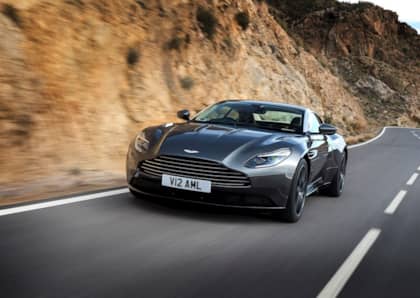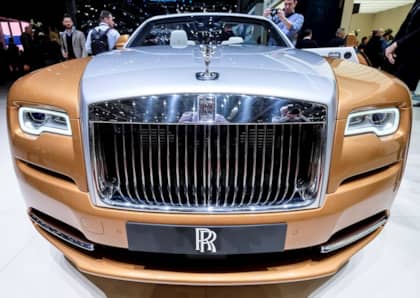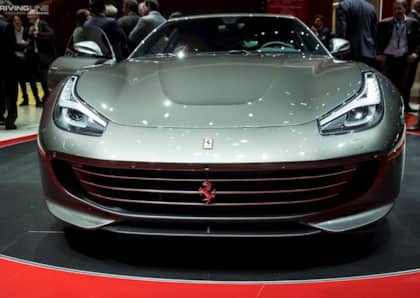Bright Sparks: The Future of Chinese Supercars

The Geneva Salon is in many ways the definitive motoring barometer, as automotive trends and fashions are usually seen at the show long before they hit the wider world. Cars powered by electricity have been with us as long as those driven by the internal combustion engine. Various factors have taken us back to that solution to personal mobility, and, typically, the technology is being applied in some unlikely segments of the market, such as Supercars. In Switzerland I saw a number of these cars that are aiming to go to market.

A name that was new to me is Techrules, who are aiming to produce China’s first Supercar with their TREV technology that was unveiled at Geneva. TREV is an acronym for "Turbine-Recharged Electric Vehicle", so what does that mean in plain English? Power comes from a micro turbine, that drives a generator to produce electricity for the six electric motors (two front, four rear) that actually drive the wheels.

There have been jet turbine race cars in the past: BRM and Rover combined 50 years ago to run one at Le Mans, and the Lotus 56 nearly won the Indianapolis 500 in ‘67 and ‘68, but in real life driving situations the turbine cannot cope with fluctuations in power demand. In this case the turbine operates at maximum efficiency while electric motors provide the necessary flexibility.

There are claims of a power output of 1,030bhp, which translates into performance of 0-60mph at 2.5 seconds and a top speed of 217mph with a range of around 90 miles.

Perhaps the final explanation should lie with Techrules Chief Technology Officer, Matthew Jin. “In the conventional cars that dominated the 20th century, the combustion engine that converts a fuel’s chemical energy into a useful mechanical energy is also the driving engine that turns the wheels.
“Because turbines have always been a very inefficient way to convert chemical energy into useful wheel turning mechanical energy, only a few have tried to use a turbine in the powertrain system, and none have ever succeeded commercially.

“But, with electric vehicles, an electric motor is used to drive the wheels, which effectively frees the combustion engine to exclusively convert chemical energy into mechanical energy and finally into electric energy. This is a major breakthrough, making it possible for us to use the highly efficient turbine engine as a superb range extender on our vehicles.”

The TREV has been testing at Silverstone so the concept works but is obviously at the first stages of development. The longer term aim is to bring a car to the market place within a few years to prove the validity of the concept. Then Techrules is looking to sell the technology into other areas such as city cars and other utility vehicles. It is certainly a brave attempt to address 21st Century personal mobility issues.
(Photos: John Brooks, additional photos copyright and courtesy of Techrules)











